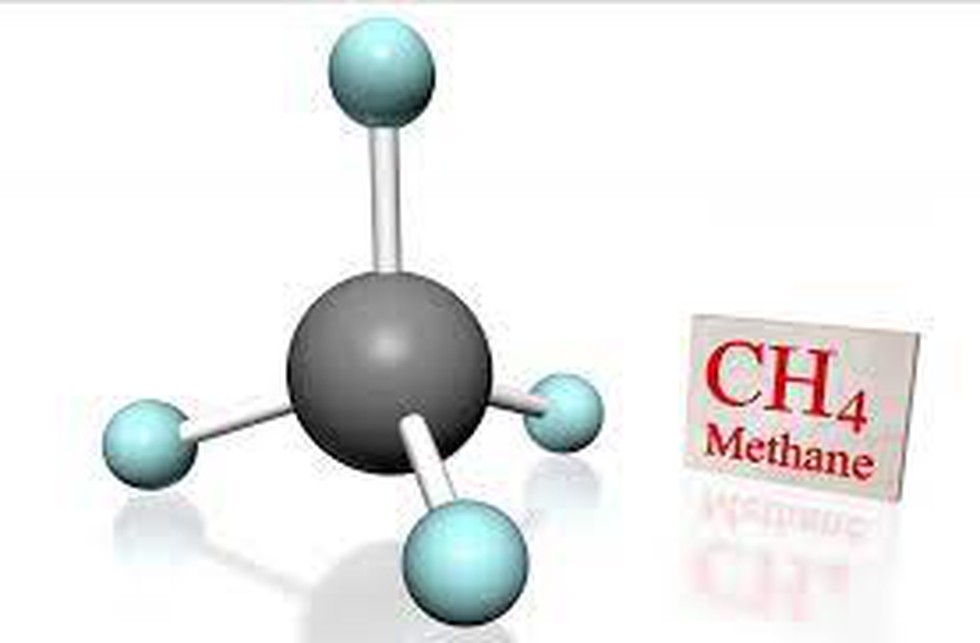About Methane:
- It is the primary component of natural gas, and is responsible for approximately a third of the warming we are experiencing today.
- Characteristics
- It is a colorless odorless gas, flammable water insoluble gas.
- It is also known as marsh gas or methyl hydride.
- It is easily ignited. The vapors are lighter than air. Under prolonged exposure to fire or intense heat the containers may rupture violently and rocket.
- It is a powerful and short-lived greenhouse gas, with a lifetime of about a decade and Global Warming Potential about 80 times greater than that of carbon dioxide (CO2) during the 20 years after it is released into the atmosphere.
Where does methane come from?
- It sometimes comes from non-human sources like wetlands. These habitats contain things like permafrost, which is frozen ground that’s also filled with carbon from animals and plants that have been dead for hundreds of thousands of years.
- As temperatures rise with global warming, wetland permafrost thaws. That unleashes carbon, previously locked in the ice, in the form of CO2 and methane.
- Around 60% of the methane that makes it into the atmosphere comes from human activities.
